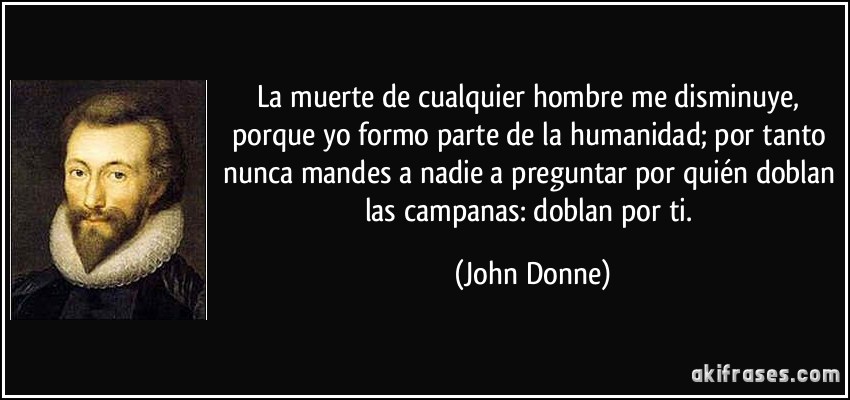¡Oh capitán, mi capitán!
Terminó nuestro espantoso viaje,
El navío ha salvado todos los escollos,
Hemos ganado el codiciado premio,
Ya llegamos a puerto, ya oigo las campanas,
Ya el pueblo acude gozoso,
Los ojos siguen la firme quilla del navío resuelto y audaz,
Mas, ¡oh corazón, corazón, corazón!
¡Oh rojas gotas sangrantes!
Mirad, mi capitán en la cubierta
Yace muerto y frío.
¡Oh capitán, mi capitán!
Levántate y escucha las campanas,
Levántate, para ti flamea la bandera,
Para ti suena el clarín,
Para ti los ramilletes y guirnaldas engalanadas,
Para ti la multitud se agolpa en la playa,
A ti llama la gente del pueblo,
A ti vuelven sus rostros anhelantes,
¡Oh capitán, padre querido!
¡Que tu cabeza descanse en mi brazo!
Esto es sólo un sueño: en la cubierta
Yaces muerto y frío.
Mi capitán no responde,
Sus labios están pálidos e inmóviles,
Mi padre no siente mi brazo, no tiene pulso ni voluntad,
El navío ha anclado sano y salvo;
Nuestro viaje, acabado y concluido,
Del horrible viaje el navío victorioso llega con su trofeo,
¡Exultad, oh playas, y sonad, oh campanas!
Mas yo, con pasos fúnebres,
Recorreré la cubierta donde mi capitán
Yace muerto y frío.
WALT WHITMAN
En memoria de mi padre, Rafael Domínguez Lera




